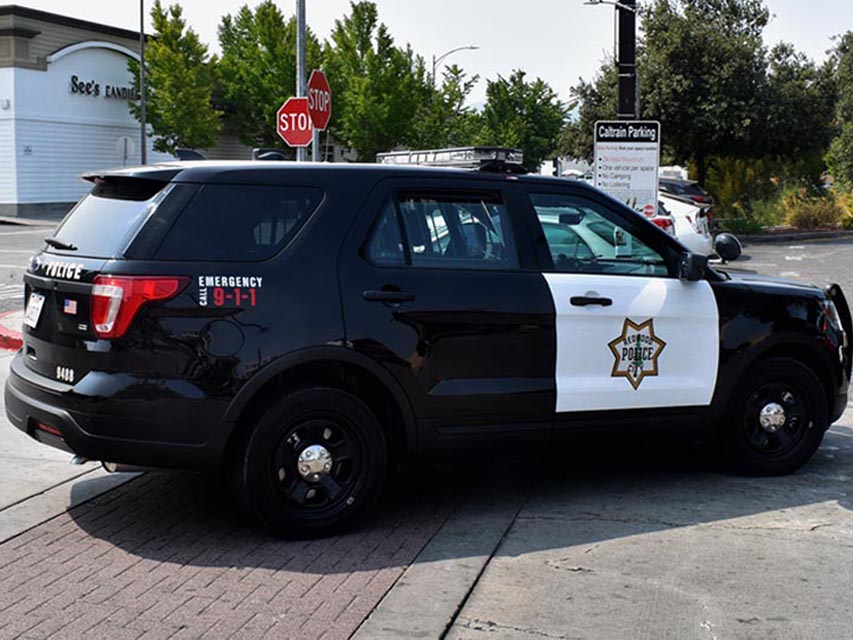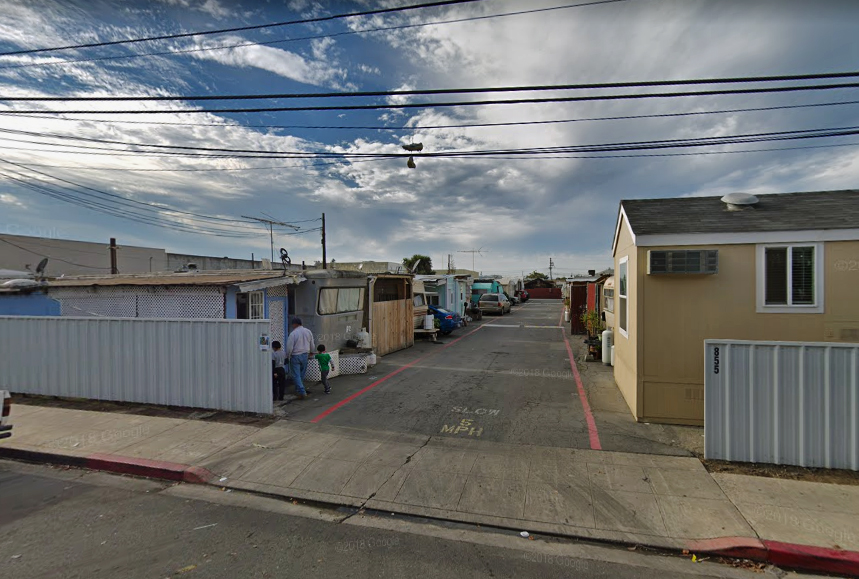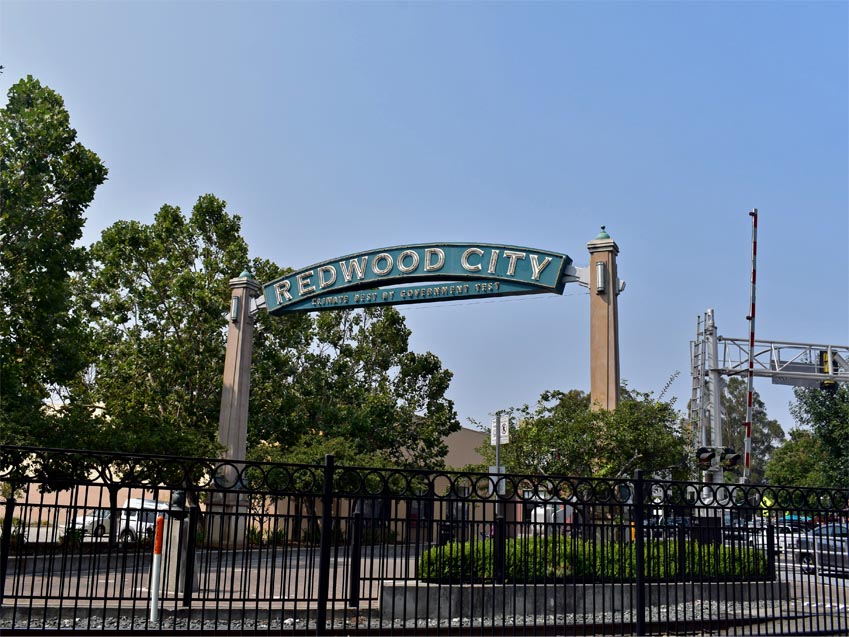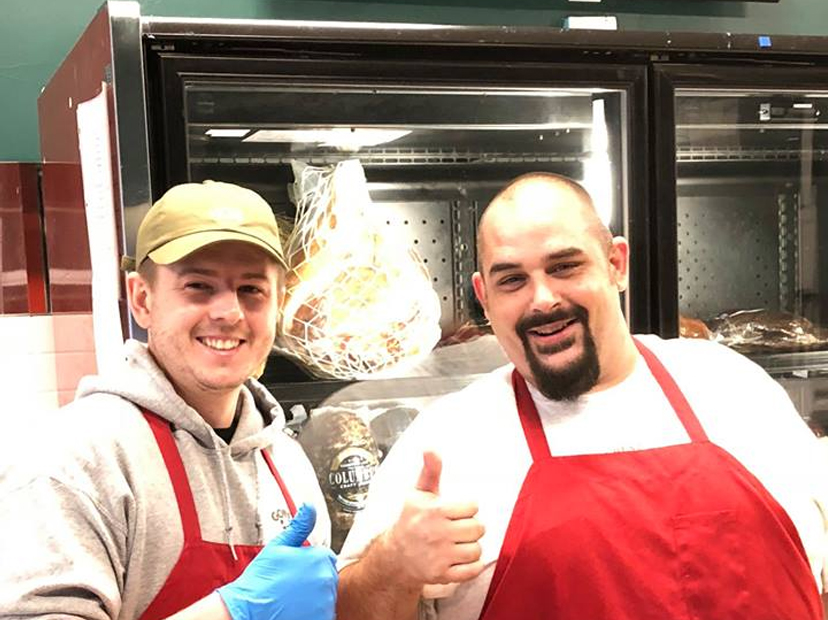DA declines to charge 4 Redwood City cops in connection with suspect’s death

Four Redwood City officers involved in a struggle with a mentally ill man who died after the interaction on Aug. 13 will not face charges in connection with the incident, San Mateo County District Attorney Steve Wagstaffe announced Friday.
The DA’s office completed an independent investigation into the death of 55-year-old Ramzi Saad, who became unresponsive following a struggle with officers during which he was shot with a Taser multiple times outside his home at 523 Laynard Drive in Redwood City.
An autopsy conducted Aug. 16 concluded Saad died “as a result of cardiac arrest occurring during physical exertion, physical restraint and tasering,” prosecutors said.
“The use of force by the four officers which contributed to the death of Mr. Saad was justifiable pursuant to California Penal Code section 196,” an investigation by DA Inspector Rick Decker and other investigators concluded.
Saad, who prosecutors say has a history of mental health problems, had assaulted his elderly mother outside the Laynard Drive residence when police were called to the scene by a neighbor about 7:30 p.m. Neighbors weren’t able to restrain Saad, who would subsequently attack the first arriving officer.
In a letter to Redwood City Police Chief Dan Mulholland, Wagstaffe provided new details about the case. Saad lived with his mother at the 523 Lanyard Drive home and suffered from schizophrenia and bipolar disorder, as well as diabetes, high blood pressure and high cholesterol. His mother told investigators her son was in a “bad mood” all day, was acting strangely and had apparently not taken his medication and was refusing to do so, which led to increasingly erratic behavior.
About 7 p.m. that night, Saad grabbed his medication bottles, walked out of the house and down the street to his neighbors’ house and told them, “My mother is dead and they’re killing us.” The neighbor knew about Saad’s health problems, so he tried to calm Saad down and walked him back to his home. Saad continued to be agitated, shouting and speaking incoherently. Eventually his mother emerged from the house. Saad pushed his mother, causing her to fall to the ground and strike her head, prosecutors said. The neighbor called 911. Another neighbor who tried to assist the mother was reportedly punched twice by Saad.
In total, four Redwood City police officers responded to the scene: Oscar Poveda, Daniel Di Bona, Brian Simmons and Matthew Cydzik. Officer Proveda was the first to arrive. When he exited his car, people yelled Saad had pushed his mother, who was still on the ground. The officer asked if Saad had mental health issues, which was confirmed by a male in the crowd, prosecutors said. Officer Poveda employed the Crisis Intervention Training, trying to calm Saad down by lowering his tone and asking him to sit on the curb. Saad began to calm down and said he wanted to go to the hospital. The officer assured Saad he would take him to the hospital, prosecutors said.
Saad then showed a “sudden” demeanor change and told Officer Poveda, “You wanna pull out your gun and shoot me, don’t you?” prosecutors said.
Officer Poveda tried to assure Saad that he didn’t want to hurt him, according to prosecutors, but Saad became agitated, insisting the officer wanted to kill him. The officer drew his Taser, concealing it behind his back. The officer requested medical assistance, but communicated with his supervisor that he did not yet need emergency response from additional officers.
“Without warning, Ramzi Saad suddenly arose and punched at Officer Poveda, who backed away,” prosecutors said.
Officer Poveda then shot Saad with the Taser. Saad fell to the ground on his stomach. The officer instructed Saad to put his hands behind his back, but he refused to follow orders, prosecutors said. The officer activated his Taser again. After the second shot, Saad “grabbed a piece of fruit from a nearby tree and threw it at the officer,” prosecutors said.
Officer Poveda than reloaded his Taser with a second cartridge, continuing to order Saad to comply with his orders to no avail. He deployed the Taser again, and it’s unclear if it worked. Saad rolled on his side and grabbed a brick. Officer Poveda attempted to shoot him with the Taser again, but dropped the device when it shocked him. He tried to pick it up again, but the device shocked him again, so he “knew he was going to have to physically subdue Mr. Saad,” prosecutors said.
A struggle ensued during which Officer Poveda managed to handcuff Saad behind his back. Just as that happened, other officers arrived and took over.
Officer Poveda described Saad as “one of the strongest guys” he’s ever dealt with, prosecutors said.
The other officers pinned a reluctant Saad to the ground: Officer Di Bona tried to control a flailing Saad by using his body weight to pin him. He eventually crossed Saad’s ankles and bent his legs at the knee and pushed his feet and lower legs toward his buttocks to restrain him. Officer Cydzki put his knee between Saad’s shoulder blades for further restrain, but not using his whole body weight, prosecutors said. Meanwhile, Officer Simmons centered himself on Saad’s mid-body, controlling his handcuffed arms.
“Finally, Mr. Saad seemed to stop fighting and the officers relieved some of the pressure on him,” prosecutors said.
They confirmed he was still breathing, but moments later Saad became unresponsive. Paramedics were summoned, and they were unable to revive him despite the use of lifesaving measures, prosecutors said.
Neighbors generally confirmed the police’s reporting of the incidents, prosecutors said.









